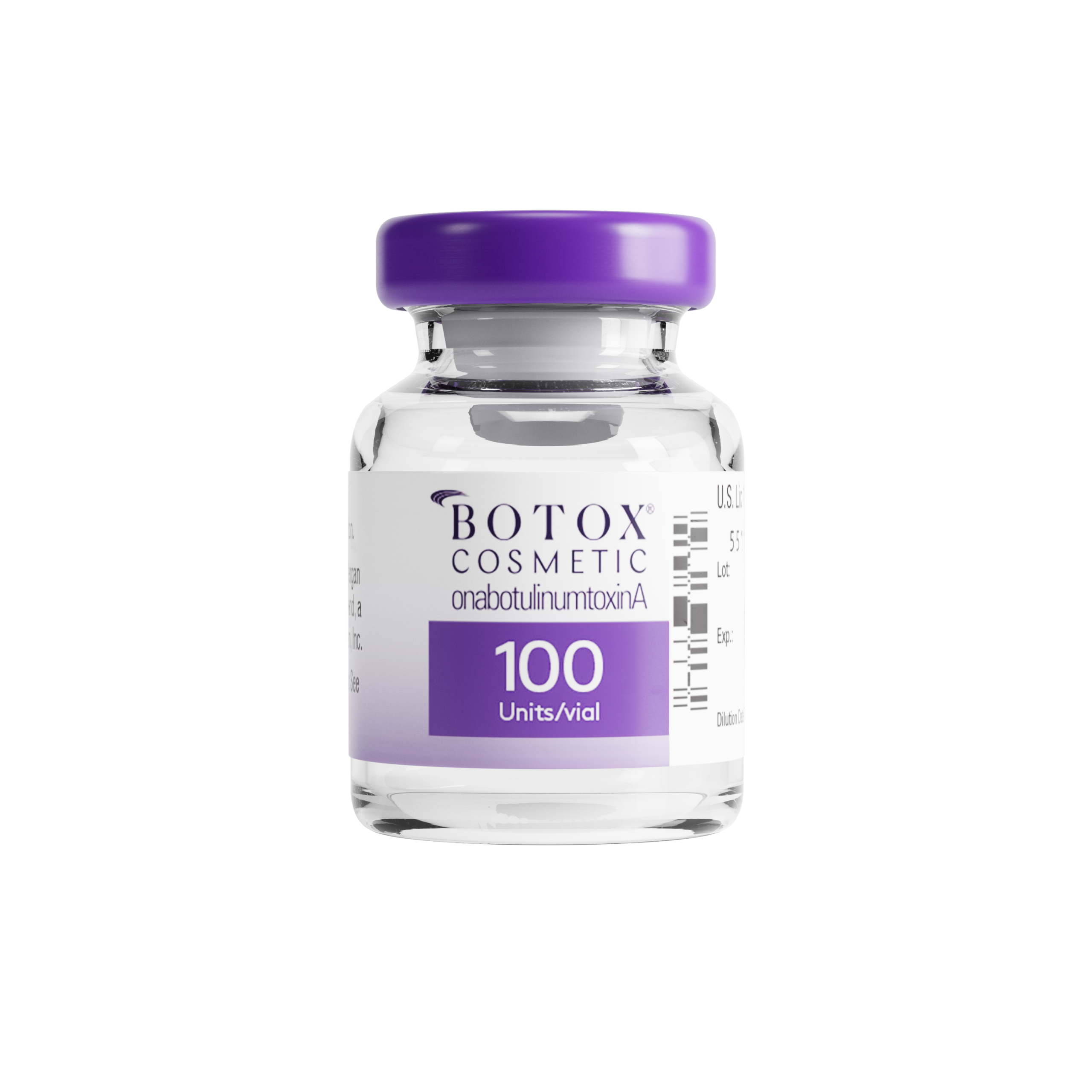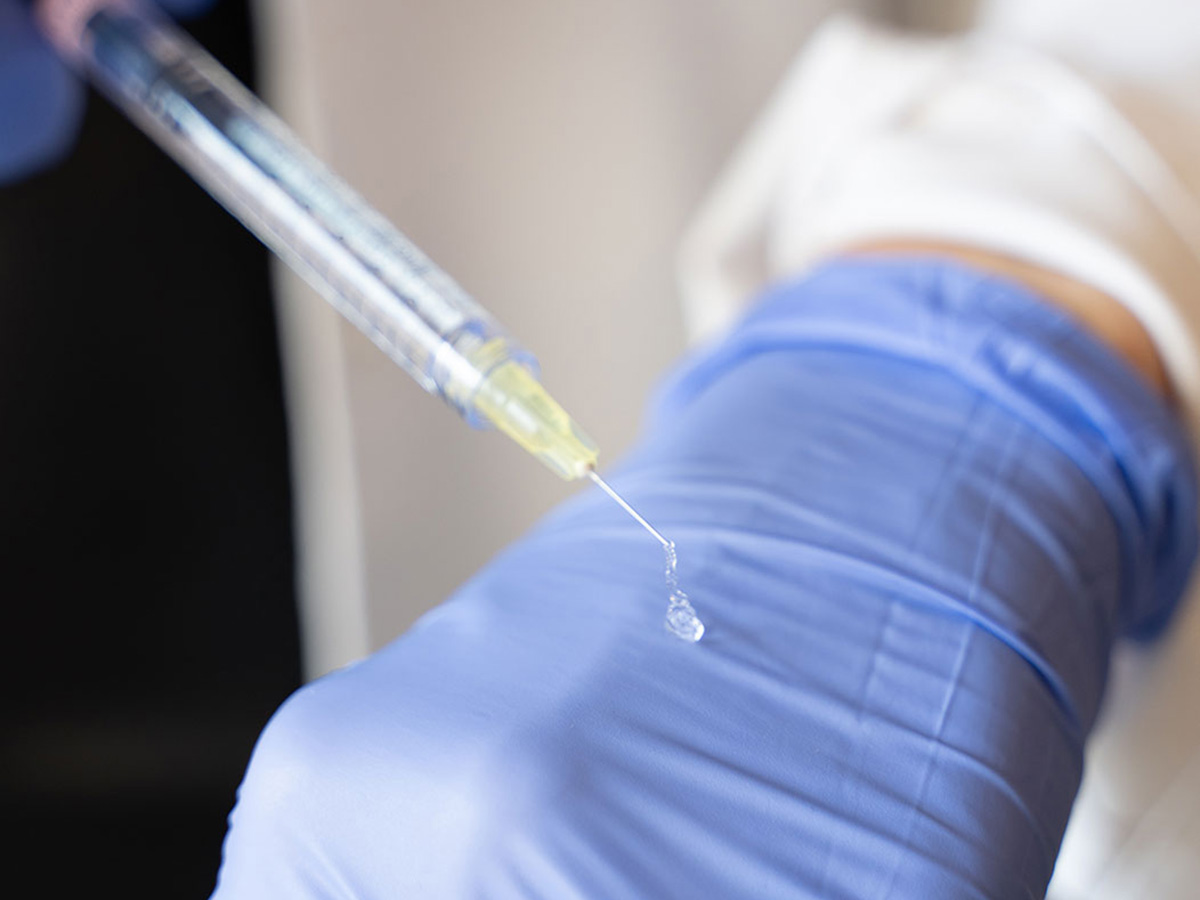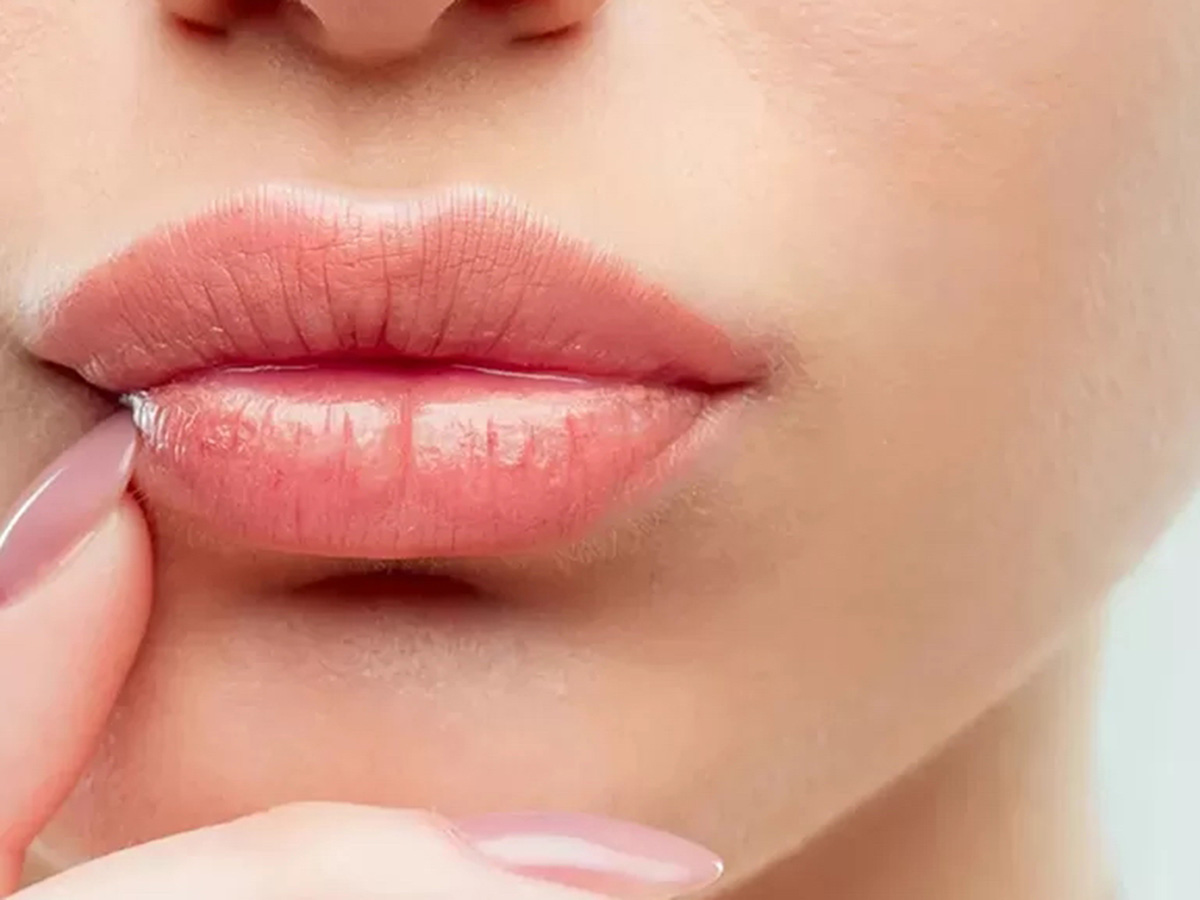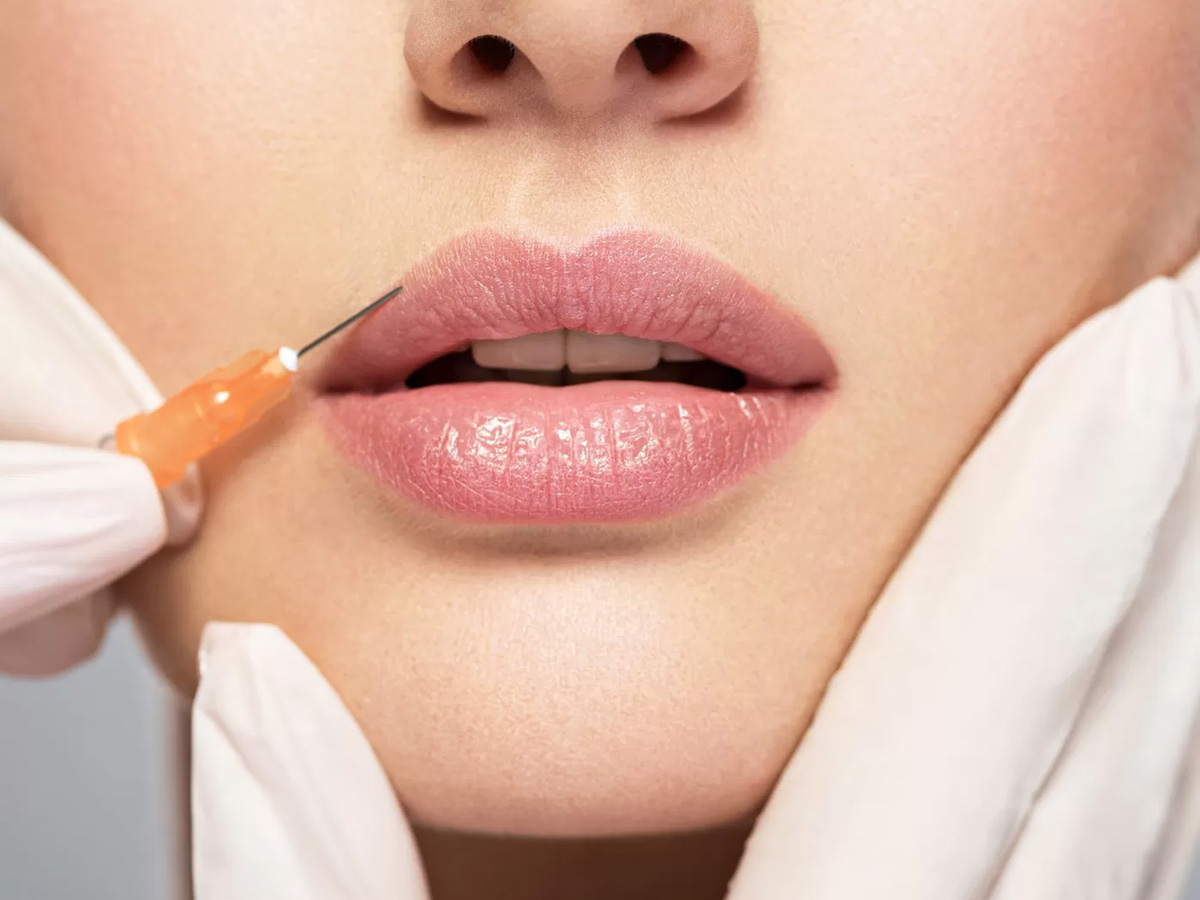In the vibrant world of aesthetic medicine, terms like “neurotoxins” and “neuromodulators” might seem interchangeable, but understanding their subtle differences can elevate your skincare knowledge.
Neurotoxins: The Wrinkle Warriors

Neurotoxins, such as Botox and Dysport, are powerful tools in the fight against aging. Derived from the bacterium Clostridium botulinum, these injectables work by temporarily blocking nerve signals to muscles, leading to smoother skin and a reduction in wrinkles. Whether it’s tackling forehead lines, crow’s feet, or even giving your lips a subtle lift, neurotoxins are all about achieving that refreshed, youthful glow.
What Can Neurotoxins Do?
Smooth Facial Wrinkles:
Address forehead wrinkles and frown lines caused by aging with neurotoxins. Relax facial muscles, preventing the formation of fine lines and promoting a youthful, relaxed appearance.
Eradicate Crow’s Feet and Smile Lines:
Combat crow’s feet, those fine lines around the eyes, using neurotoxins. This injectable treatment effectively relaxes the muscles responsible for smile lines, rejuvenating the eye area.
Revitalize Under-Eye Areas:
Soften under-eye wrinkles by relaxing muscles and smoothing the delicate skin around the eyes. Neurotoxins minimizes fine lines, offering a refreshed and brighter look.
Lift and Define Brows:
Use neurotoxins to lift and redefine the brows. By relaxing muscles that pull brows downward and enhancing those that lift them, achieve a lifted, youthful appearance and reduce hooded features.
Improve Marionette Lines:
Reduce the appearance of marionette lines that extend from the mouth to the jawline. Neurotoxins helps address these wrinkles caused by skin laxity, promoting a more satisfied and relaxed facial expression.
Acne Management:
Manage acne by utilizing neurotoxins to control oil production. An effective treatment, especially on the forehead, can reduce breakouts and improve skin texture.
Temporary Face-Lift:
Shape the jaw, lift the nose tip, and relax wrinkles around the eyes and forehead with neurotoxins. Enjoy a temporary face-lift effect that enhances facial features.
Jawline and Chin Softening:
Address a wider jawline caused by teeth grinding by injecting neurotoxins. This shrinks the muscle, narrows the jawline, and alleviates pain associated with teeth grinding.
Jowl Tightening:
Define a less-defined jawline by applying neurotoxins along the jawbone muscles. Achieve a crisp, defined effect that tightens sagging jowls.
Lip Enhancement (Lip Flip):
Create the illusion of voluminous, youthful lips with neurotoxins. Injecting tiny drops along the upper lip border produces a subtle yet plumper appearance.
Neck and Décolleté Rejuvenation:
Soften neck wrinkles and bands, lifting the jaw and neck lines with neurotoxins. Relaxing neck muscles contributes to wrinkle reduction and a more lifted facial profile.
Understanding Neurotoxins
Neurotoxins, in a general sense, are substances that are toxic to nerve tissue. However, in the world of aesthetics, the term takes on a more specific meaning. Cosmetic injectables like Botox and Dysport fall under the category of neurotoxins. Derived from the bacterium Clostridium botulinum, these injectables utilize a purified form of botulinum toxin.
Neurotoxins:
Definition: Neurotoxins are substances that are toxic to nerve tissue and can cause damage to or destruction of nerve cells.
Usage in Aesthetics: In the context of aesthetic medicine, the term “neurotoxin” is commonly used to refer to cosmetic injectables such as Botox, Dysport, and Xeomin. These injectables contain a purified form of botulinum toxin, which is a neurotoxin produced by the bacterium Clostridium botulinum.
Mechanism of Action: Neurotoxins work by blocking nerve signals in the muscles where they are injected. This, in turn, causes temporary muscle paralysis and leads to the reduction of wrinkles and fine lines.
Neuromodulators: The Broader Spectrum
While neurotoxins focus on muscle activity to reduce wrinkles, neuromodulators have a broader role. These substances modulate nerve function, influencing how nerves send signals throughout the body. In aesthetics, neuromodulators are often used similarly to neurotoxins, but they can also refer to a wider range of treatments beyond just cosmetic uses.
Neuromodulators:
Definition: Neuromodulators are substances that can modulate or alter the function of the nervous system, affecting the transmission of nerve signals.
Usage in Aesthetics: In the field of facial aesthetics, the term “neuromodulator” is often used synonymously with neurotoxins. Neuromodulators in this context modulate the activity of nerves to achieve the desired cosmetic effect.
Broader Context: Outside of aesthetics, the term “neuromodulator” can be more broadly applied to substances or treatments that affect the nervous system, not limited to toxins. It might include medications or interventions used in various medical contexts to modulate nerve function.
Broader Applications of Neuromodulators
Beyond aesthetics, the term “neuromodulator” extends to substances or treatments that influence the nervous system. In medical contexts, neuromodulators can encompass medications or interventions used to modulate nerve function for various purposes.
In summary, while neurotoxins are specific substances that temporarily block nerve signals to muscles, the term neuromodulator is a broader term that encompasses substances or treatments affecting the nervous system more generally. In the context of cosmetic procedures, these terms are often used interchangeably, and both typically refer to products used to reduce muscle activity and smooth out wrinkles.
Decoding the Interchangeability
In everyday discussions about cosmetic procedures, the terms neurotoxins and neuromodulators are often used interchangeably, causing some confusion. This is particularly true when referring to popular injectables like Botox. While neurotoxins specifically denote toxins that affect nerve tissue, the context of aesthetic medicine blurs the lines, leading to a broader usage of the term neuromodulator.
Whether we use the term neurotoxin or neuromodulator, the objective remains the same in the world of aesthetics – achieving a more youthful and revitalized appearance. Understanding the subtle differences enhances our comprehension of the science behind these cosmetic procedures, empowering individuals to make informed choices on their journey to radiant skin.





